On average, a female cat is in heat for four to seven days. However, her heat may last as short as two days or as long as three weeks.
Unspayed female cats of reproductive age are called queens. Cats are polyestrous, meaning that queens typically go into heat multiple times a year until they mate.
The 5 Stages of Heat Cycles in Cats
- Proestrus: During proestrus, the queen may attract unneutered males (toms), but she is not receptive to mating yet. Proestrus typically lasts a day or two. Queens in proestrus typically show no outward signs.
- Estrus (heat): Next, the queen enters estrus, or heat. For about a week (give or take), she will attract males and is receptive to mating. During this stage, the queen may vocalize loudly, roll around, rub on things, and elevate her rear end. She may also have a decreased appetite. If the queen mates during estrus, this will induce ovulation. The act of mating stimulates hormone production that triggers ovulation. Queens typically need to mate about four to six times during estrus to become pregnant. The queen may mate with several males while she is in heat and give birth to a litter of kittens that have different fathers.
- Diestrus: If the queen becomes pregnant, she will enter the diestrus phase. During this time, progesterone is the dominant hormone, and the queen's fertilized eggs (also called oocytes) become embryos. The embryos become implanted in the uterus 12 to 13 days after mating. Not all embryos survive this process though, but about 84% would be successfully implanted in the uterus.
- Interestrus: If the queen does not mate or become pregnant during estrus, she will go on to interestrus. This is the period between heats. Her estrogen level drops and she exhibits no specific signs. After about two days to three weeks, she will once again go into heat. The cycle of proestrus, estrus, and interestrus will continue throughout the mating season or until the queen becomes pregnant.
- Anestrus: This is the queen's reproductively dormant period. Her reproductive hormones are not active and there is an absence of estrus cycling activity; she is not in season. In feral and outdoor cats, heat cycles occur seasonally from spring to fall. This is because the queen's hormone production is stimulated by the light of longer days. When the days are shorter (particularly from October to January) the queen is not stimulated to go into heat. Indoor cats are exposed to long periods of artificial light and therefore may continue to go through heat cycles all year round.
When Will My Cat Go Into Heat?
Unspayed female cats may have their first heat cycle as young as four months of age, though the average age is five to nine months for most cats. If you have a kitten and wish to prevent her from going into heat, it's best to have her spayed as early as your vet thinks is safe. This is generally no later than four to six months of age, but it may be as early as six to 12 weeks of age.
Reasons to Prevent Heat in Pet Cats
As soon as your kitten has her first heat, she will be able to get pregnant. The hormones in her system make her eager to find a mate. She will likely cry out in a way that sounds like she's in agony. She may roll around on the ground and rub on everything in sight. Most importantly, if she is indoor-only, she may try to escape your home in search of a mate. Not only is it dangerous for her to be outside, where she may get lost or injured, but it's also unsafe for her to become pregnant at such a young age. Her body is not done growing, so pregnancy may be harmful to both her and the kittens.
If your cat does not get out of the house to mate during her first heat, she will continue to go through a heat cycle every few weeks until she becomes pregnant or is spayed. This may make it seem like she is constantly in heat. Over time, this may be stressful and unhealthy for your cat. She may lose weight, begin overgrooming, and even develop behavioral issues.
If you allow your cat to get pregnant, you are adding to the world's pet overpopulation problem. Countless cats and kittens are waiting in shelters for homes. Even if you find homes for your cat's kittens, you have to consider that the kittens are taking the place of shelter cats that might have been able to find homes. Unless you have a pedigree cat and are prepared to partner with a cat breeder for responsible breeding, you should make sure your female kitten is spayed as soon as possible.

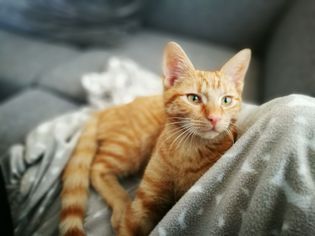
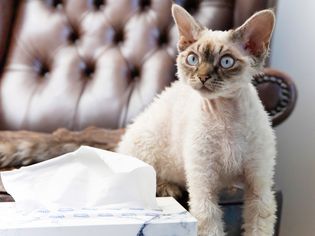
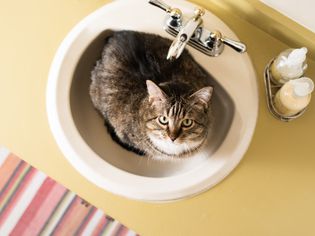
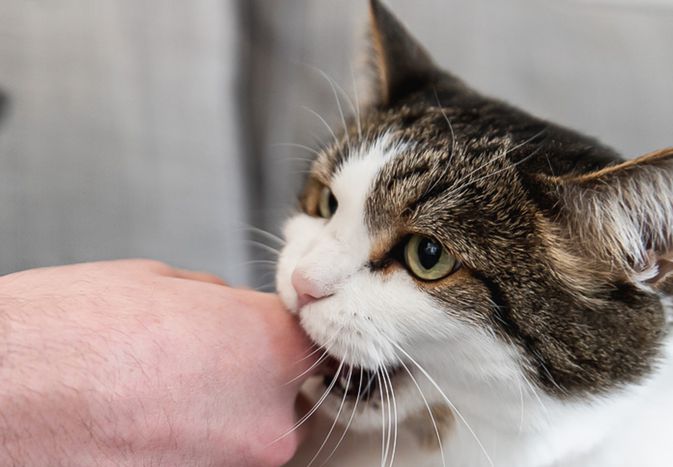

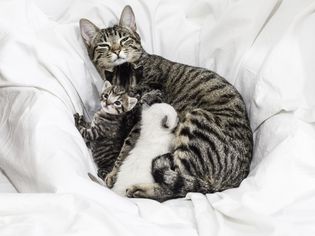
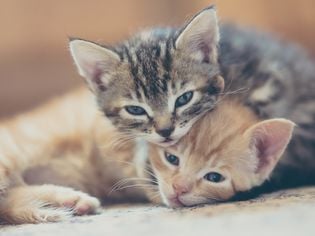
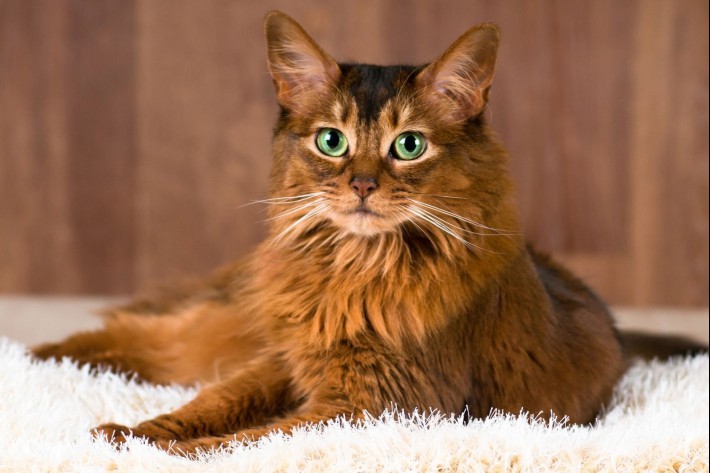
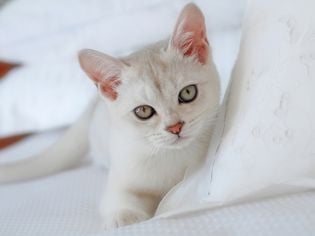
Comments on " How Long Are Cats in Heat?" :